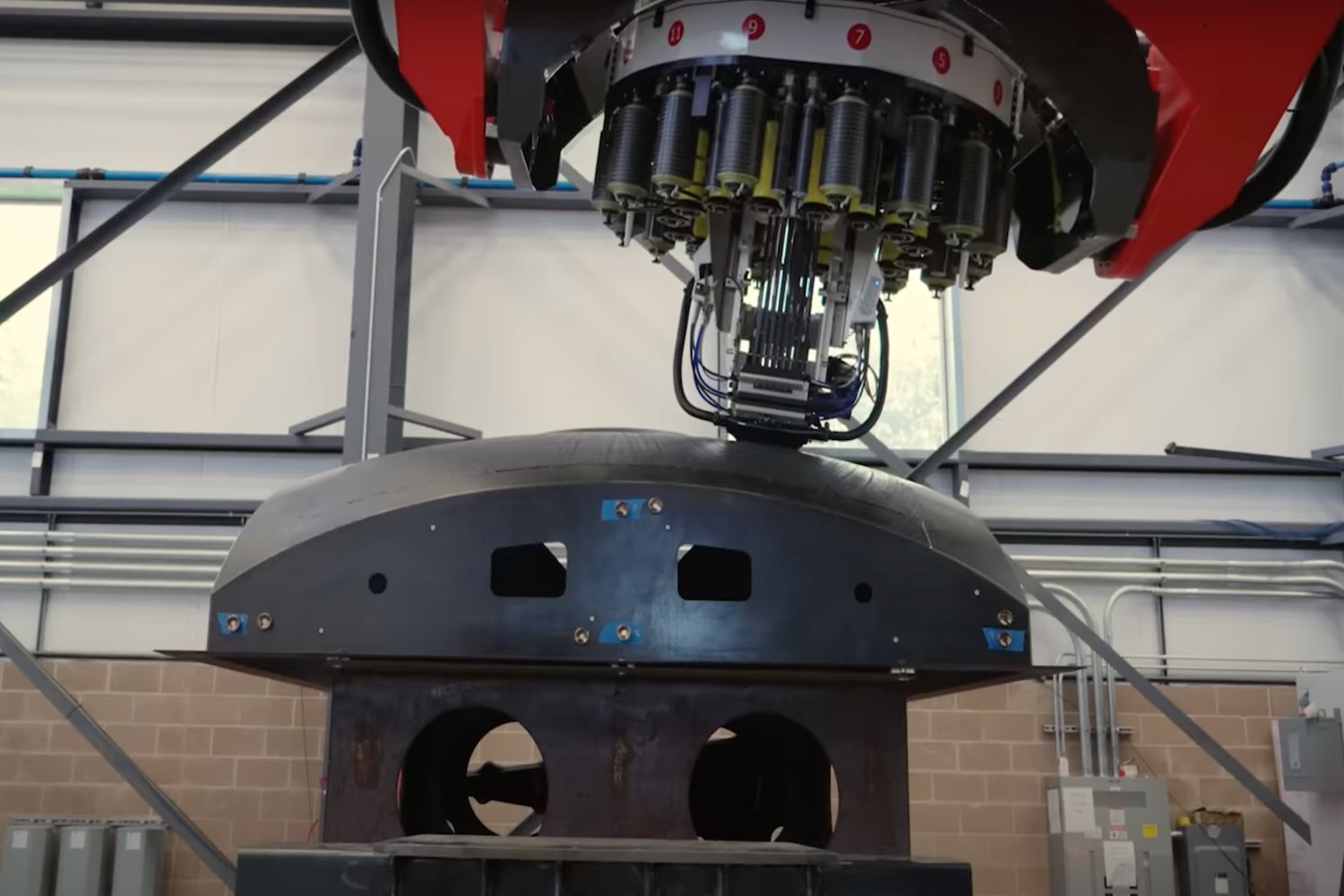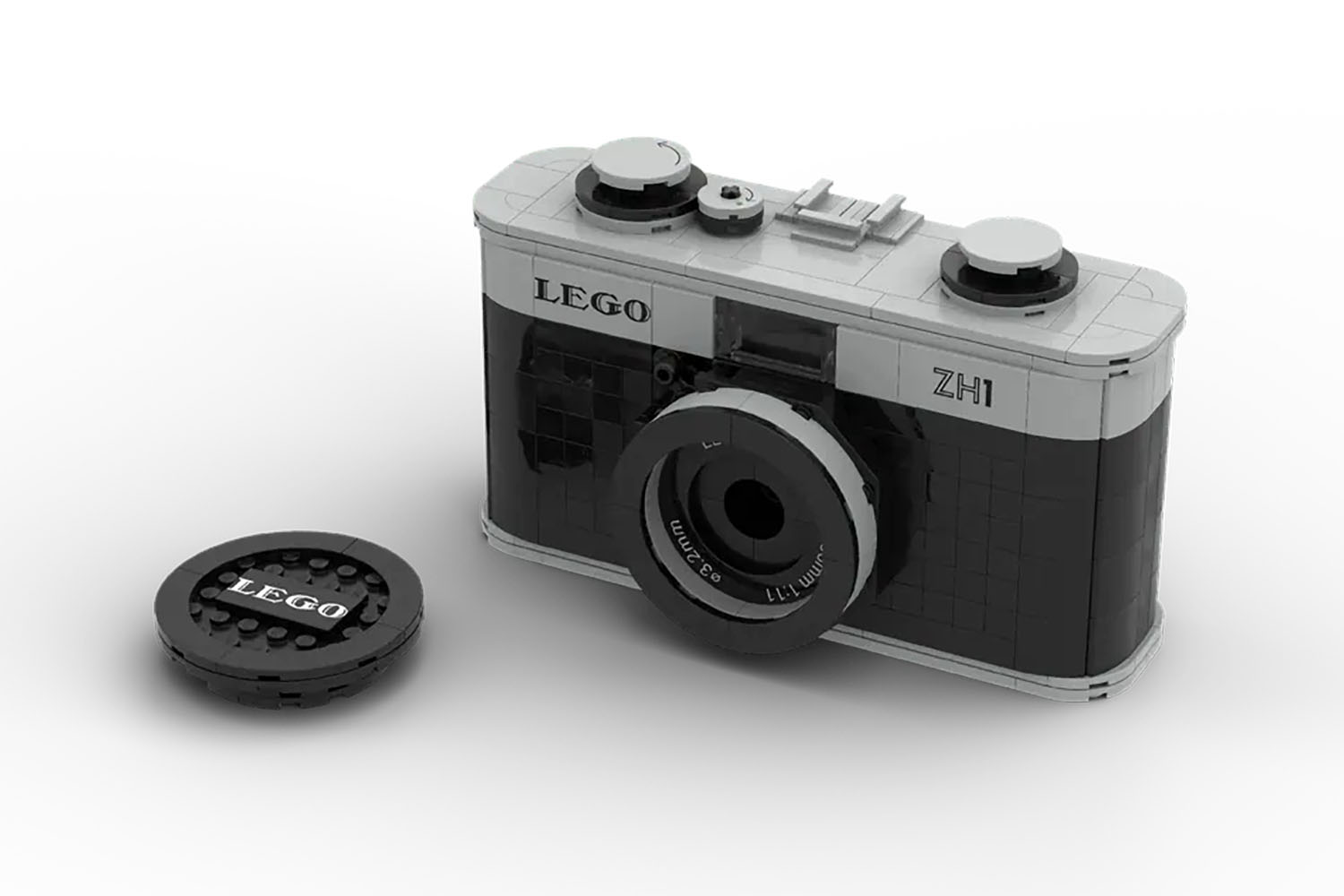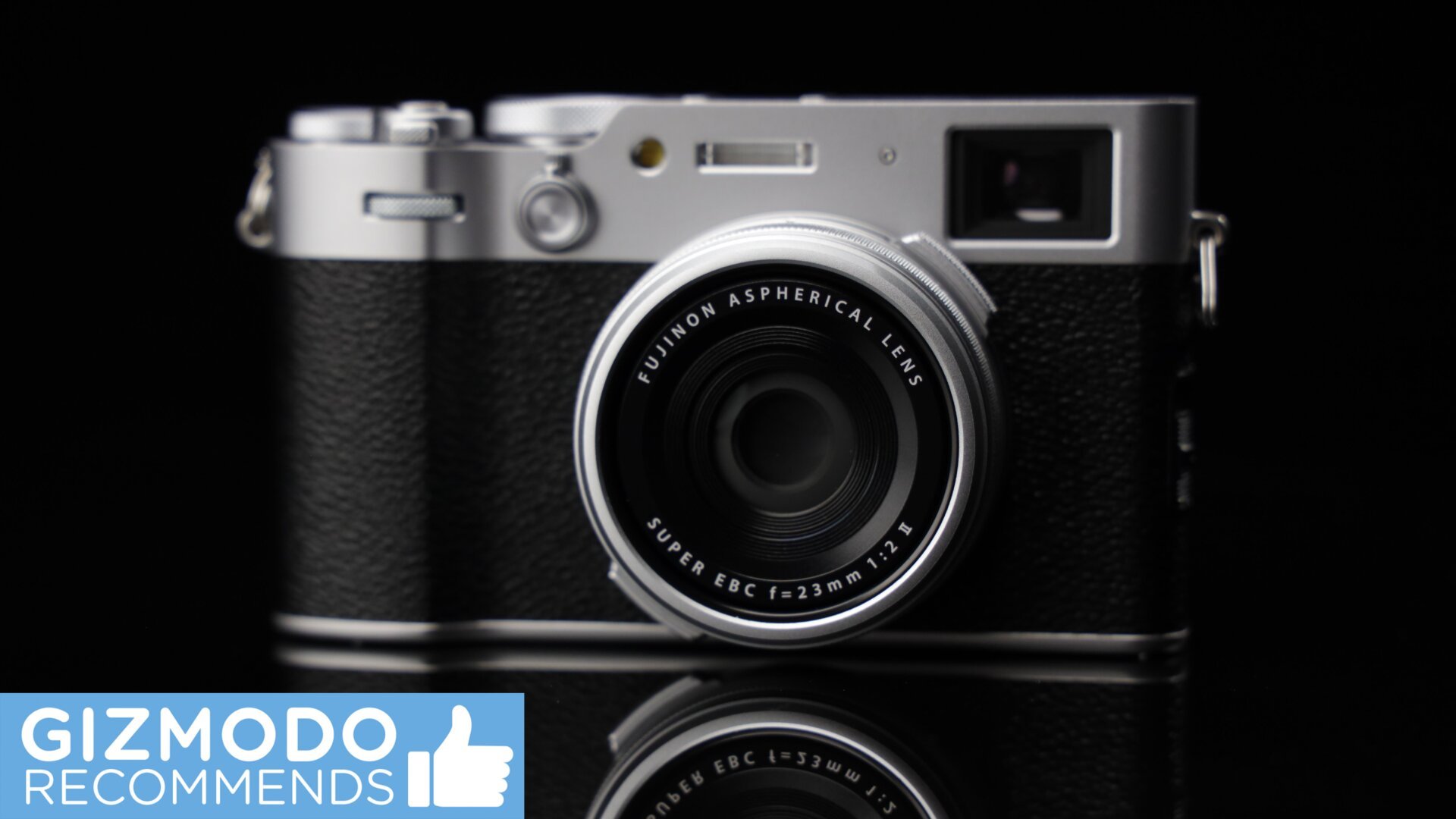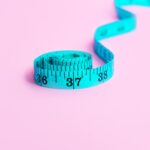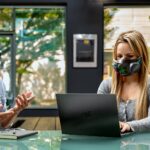There are many reasons even big-budget movie and TV productions have switched to using digital cameras—the most obvious being that shooting on film is expensive. It’s why amateur filmmakers rarely opt for the 35mm cameras that dominated Hollywood for years, but Yuta Ikeya found a way to make them more affordable by designing and 3D printing a film camera from scratch.
No one’s going to pretend that the high-end digital film cameras commonly used in the industry today are cheap, but they eliminate the costs of film stock and the extra steps of having footage developed and then digitized so it can be graded, processed, and edited in post-production. But there’s a certain aesthetic to shooting on film that digital can’t quite match yet, which is why amateur filmmakers with smaller budgets will shoot on 8mm or 16mm film instead of 35mm, but the savings come at the cost of a reduced resolution and results that don’t quite look as professional.
In what has to be one of the most technically impressive attempts at budget-conscious guerilla filmmaking we’ve seen, Yuta Ikeya designed, modeled, and 3D-printed most of the parts needed to assemble a custom 35mm film camera. The parts that didn’t come from a 3D printer include a single DC motor to drive all the motorized mechanisms inside, an Arduino to control it, a power source, and the optics: a lens on the front and a mirror inside to split the incoming light so the shooter can check framing through the viewfinder.
Ikeya also chose to shoot on more affordable C-41 based photographic 35mm film instead of the pricier stocks used by the motion picture industry. For the test footage they captured, Ikeya spliced two rolls of Ilford HP5+ film which is loaded into a custom 3D-printed film cartridge which is then inserted into the camera.

The captured footage has a very distinct lo-fi aesthetic that suffers from issues like light leak and gate weave. Without knowing where the footage came from, it would be easy to dismiss it as being overly artsy, but the fact that it was captured by a DIY 3D-printed film camera instead leaves us incredibly impressed with what Ikeya has achieved. There’s obvious room for improvement, which is why we’re really hoping that Ikeya decides to eventually share the printable plans for the camera so that the 3D-printing community can contribute ways to upgrade its performance and improve the captured results.

